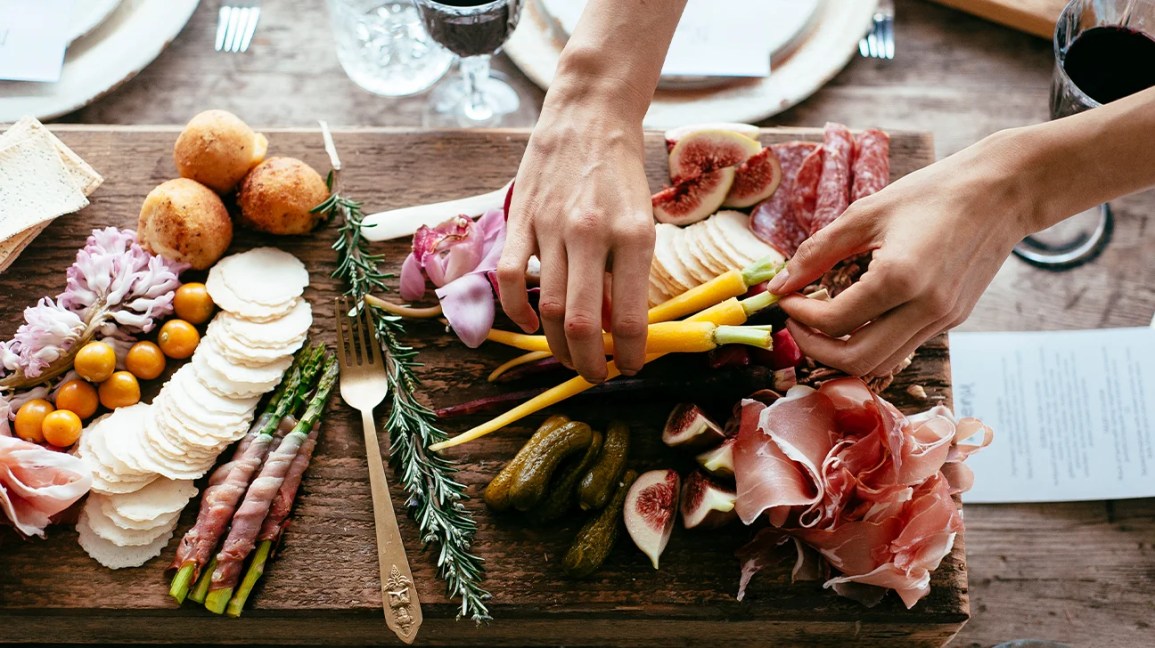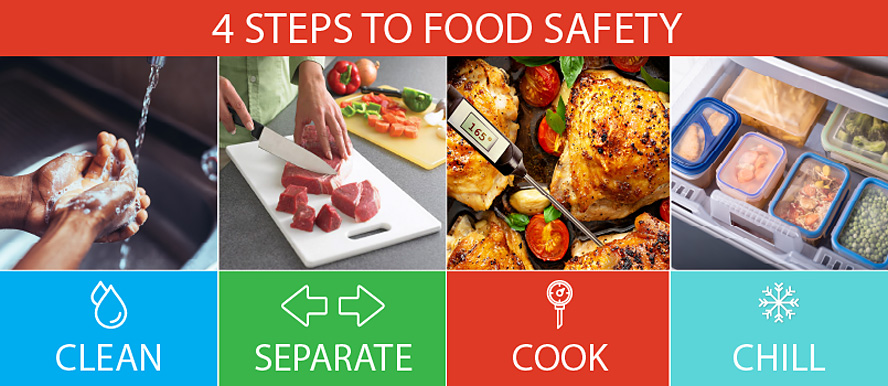Introduction
Living with dietary restrictions or food allergies can often be challenging, especially when it comes to cooking meals that are both safe and delicious. However, with the right knowledge and a little creativity, it is absolutely possible to create mouthwatering dishes that cater to your specific dietary needs. In this blog post, we will explore some helpful tips and strategies for cooking safely while still enjoying a wide variety of flavors and cuisines.
Understanding Dietary Restrictions and Allergies
When it comes to cooking, it is essential to consider the dietary restrictions and allergies of individuals. Dietary restrictions refer to specific limitations or requirements in a person’s diet, while allergies are adverse reactions to certain foods or ingredients. Understanding these restrictions and allergies is crucial to ensure the safety and enjoyment of meals for everyone involved.
Identifying Common Dietary Restrictions

There are various dietary restrictions that individuals may follow for health, religious, or personal reasons. Some common dietary restrictions include:
1. Vegetarianism
Vegetarians avoid consuming meat, poultry, and seafood. They primarily rely on plant-based foods, such as fruits, vegetables, grains, legumes, and nuts.
2. Veganism
Vegans follow a plant-based diet and lifestyle, excluding all animal products, including meat, dairy, eggs, and honey.
3. Gluten-Free
Gluten is a protein found in wheat, barley, and rye. Individuals with gluten intolerance or celiac disease must avoid gluten-containing foods, such as bread, pasta, and baked goods.
4. Lactose Intolerance
People with lactose intolerance have difficulty digesting lactose, the sugar found in milk and dairy products. They need to avoid or limit their intake of dairy to prevent digestive discomfort.
5. Nut Allergies
Nut allergies are common and can be severe. Individuals with nut allergies must avoid all types of nuts, including peanuts, almonds, and cashews, as they can cause allergic reactions.
Safe Cooking Practices
When preparing meals for individuals with dietary restrictions or allergies, it is crucial to follow safe cooking practices to prevent cross-contamination and ensure the safety of the food. Here are some tips:
1. Separate Utensils and Surfaces
Use separate cutting boards, knives, and utensils for different types of foods, especially when preparing meals for individuals with allergies. This prevents cross-contamination and reduces the risk of allergic reactions.
Summary
Cooking for individuals with dietary restrictions or allergies requires careful consideration and planning. It is essential to be aware of the specific ingredients that need to be avoided and to thoroughly read food labels. Additionally, substituting allergenic ingredients with suitable alternatives can help recreate favorite recipes without compromising on taste. Experimenting with herbs, spices, and different cooking techniques can also add depth and flavor to your dishes. By following these guidelines and staying informed, y why not try this out ou can confidently prepare meals that are both safe and delicious, ensuring that everyone can enjoy a satisfying dining experience.
- Q: What are dietary restrictions?
- A: Dietary restrictions refer to specific limitations or requirements in a person’s diet, often due to health, cultural, or personal reasons.
- Q: How can I accommodate dietary restrictions when cooking?
- A: To accommodate dietary restrictions, it is important to carefully read food labels, use alternative ingredients, and avoid cross-contamination during preparation.
- Q: What are common dietary restrictions?
- A: Common dietary restrictions include vegetarianism, veganism, gluten-free, lactose intolerance, and nut allergies.
- Q: How can I cook delicious meals for someone with dietary restrictions?
- A: Cooking delicious meals for someone with dietary restrictions requires creativity and knowledge of suitable substitutes. Experiment with different flavors and ingredients to create tasty dishes.
- Q: What should I consider when cooking for someone with allergies?
- A: When cooking for someone with allergies, it is crucial to avoid the allergen completely. Clean utensils and surfaces thoroughly, and be cautious of cross-contamination.
- Q: How can I ensure a safe cooking environment for allergies?
- A: To ensure a safe cooking environment for allergies, designate separate utensils and cookware for allergen-free meals, and communicate with the person about their specific allergies and sensitivities.

Welcome to Zane Bourke’s Dance Studio, a haven for all dance enthusiasts and creative souls. As the proud owner of this vibrant establishment, I am thrilled to share my passion for contemporary dance, culinary delights, art, and craft with you.

